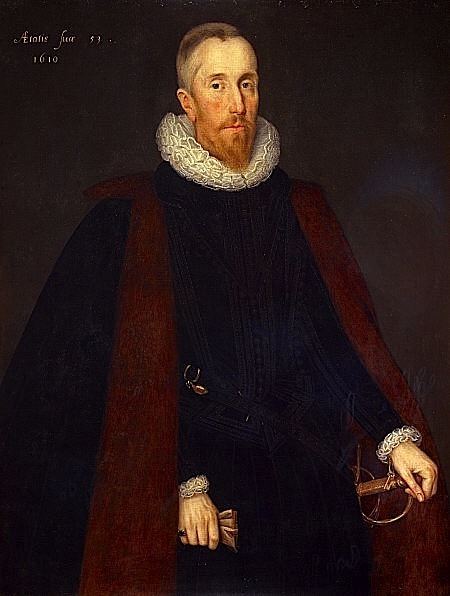Formed Early Middle Ages | Jurisdiction Scotland | |
 | ||
Type A separate part of the Scottish Courts and Tribunals Service, a non-ministerial department of the Scottish Government Annual budget £51.7 million (2013-14) Judiciary executive Lord Gill, Lord President | ||
The judiciary of Scotland sits in a variety of courts and makes decisions in both civil and criminal cases. Judges make sure that cases and verdicts are within the parameters set by Scots law, and they must hand down appropriate judgments and sentences.
The Lord President, a post dating back to the High Middle Ages, is the most senior Scottish judge, The Lord President is the head of the country's judiciary and the presiding judge of the College of Justice, the supreme courts. College judges are called senators.
When sitting in the Court of Session Senators of the College of Justice are known as Lords of Council and Session and when sitting in the High Court of Justiciary they are known as Lords Commissioners of Justiciary. There are also some temporary judges who carry out the same work on a part-time basis.
Scotland’s sheriffs deal with most civil and criminal cases. There are 6 sheriffdoms, each served by a sheriff principal. Sheriffs principal are usually Queen's Counsel and sheriffs are either advocates or solicitors though many are also Queen's Counsel. Some advocates and solicitors serve as part-time sheriffs.
Since 2008, Justice of the Peace courts have been rolled out to replace district courts. In Justice of the Peace courts, lay justices of the peace work with a legal clerk who gives advice on law and procedure. Justices of the peaces handle minor criminal matters. Due to the volume of business, some legally qualified stipendiary magistrates sit in Glasgow.
The Judicial Office for Scotland was established on 1 April 2010 as a result of the Judiciary and Courts (Scotland) Act 2008.
